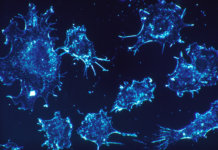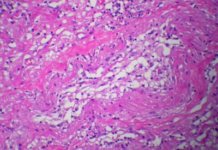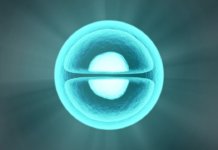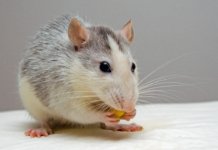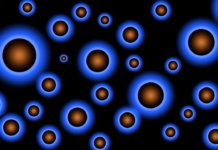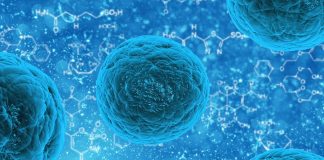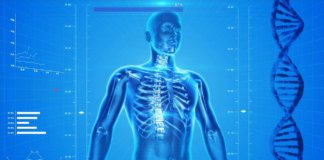Carbonic anhydrase, the miracle protein?
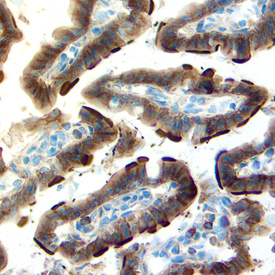
A biochemist research team at Nottingham University found out that carbonic anhydrases (CAs), a group of ubiquitous metalloenzymes present in mitochondria, could be connected to cellular degeneration and the aging process. In fact, as they demonstrated using mice, this protein is present in higher concentrations in the brain and muscles of middle-aged mice than in young ones. Moreover, by feeding carbonic anhydrases to nematode worms, the researchers also noticed a reduction of the worms’ lifespan, validating their hypothesis.
A key element to a good body function
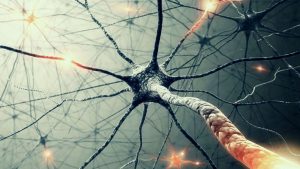
Carbonic anhydrases are involved in many physiological and pathological processes such as gluconeogenesis, lipogenesis, ureagenesis or tumorigenicity[1]. Besides, their activation efficiently increases [HCO3 –] concentration in neuronal channels, hence regulating the post synaptic neuronal response: carbonic anhydrase controls signal transfer through the neural network[2].
Good but distant future prospects
The biochemists, Dr. Lisa Chakrabarti and PhD student Amelia Pollard, also found carbonic anhydrase in high concentration in young mice brain with degenerative brain disorders. This discovery adds further links of carbonic anhydrase to the consequences of the aging processes. As Dr. Chakrabarti mentioned, this promising finding would above all allow an easier approach to degenerative diseases, though there is indeed a long way to go before human applications are available.
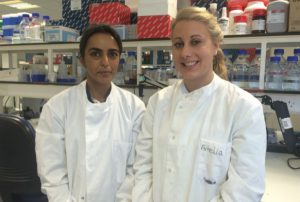
Hans Luboya-Kombé

Author
Auteur
Hans is a process supports engineer after his masters in materials chemistry at the university of Paris-Est Créteil.
More about the Long Long Life team
Hans est aujourd’hui ingénieur support procédés après un master en chimie des matériaux à l’université de Paris Est Créteil.
En savoir plus sur l’équipe de Long Long Life







